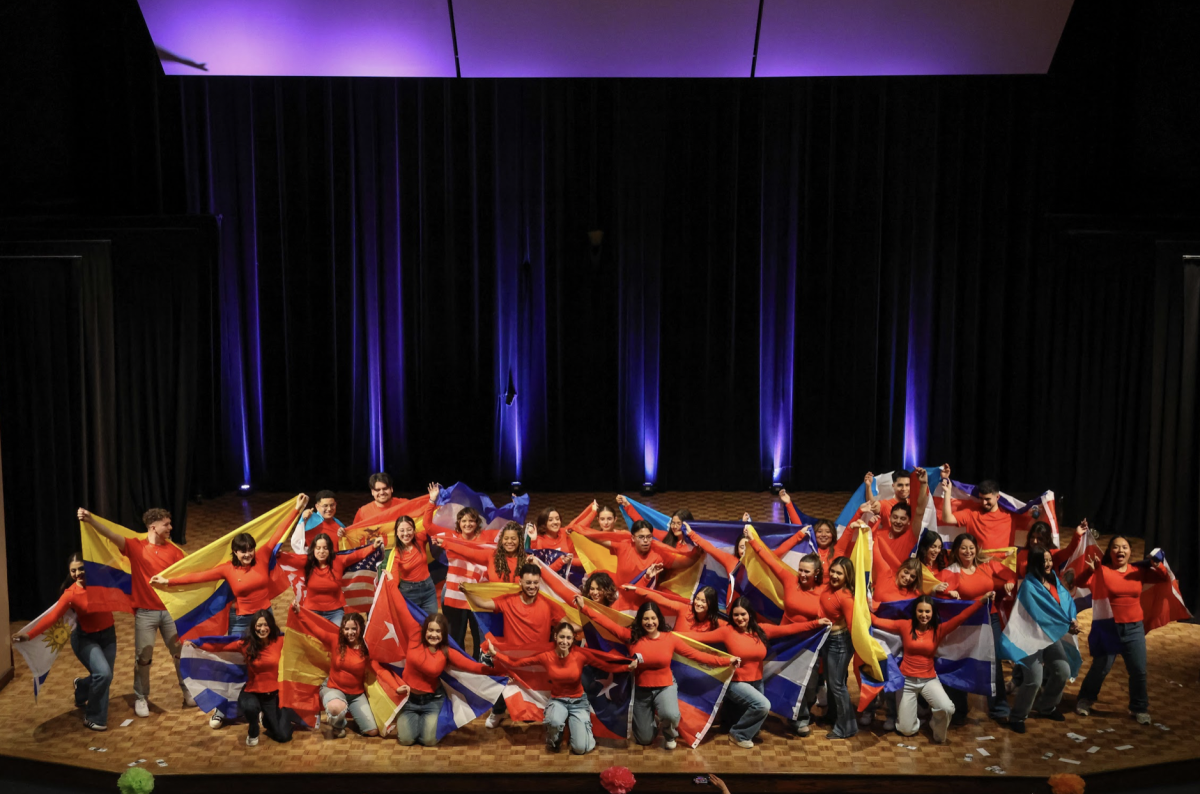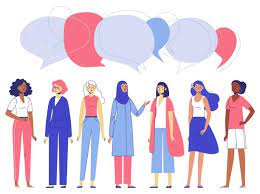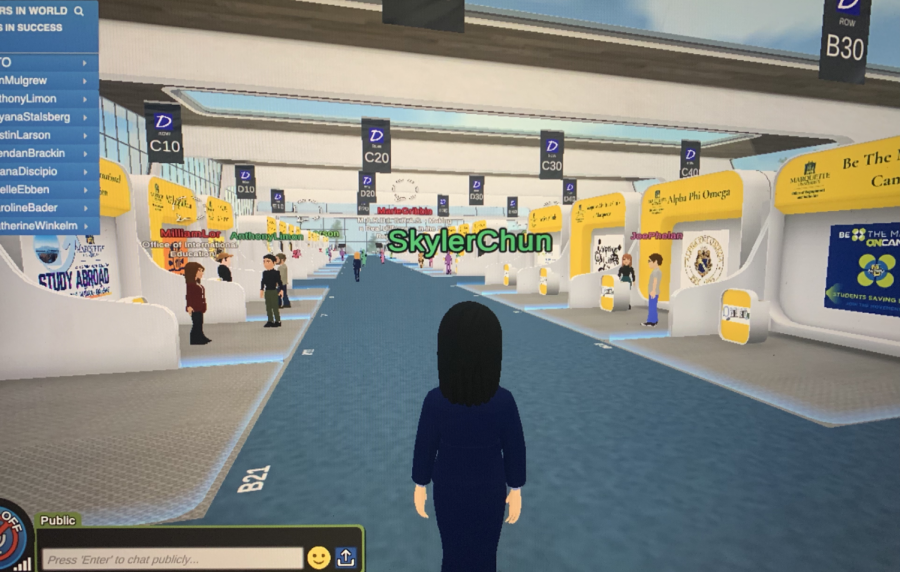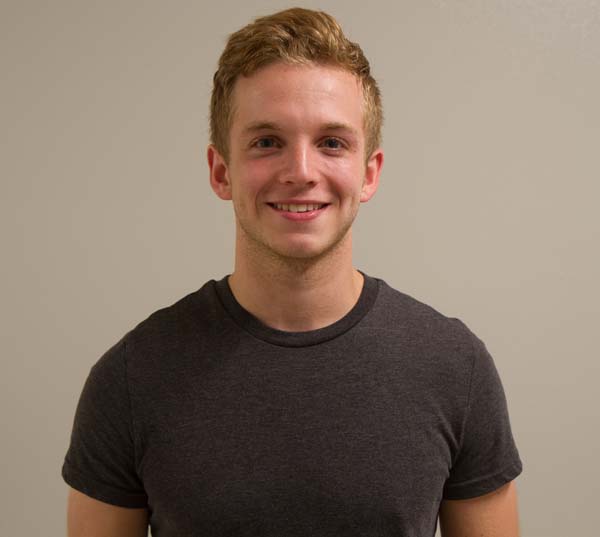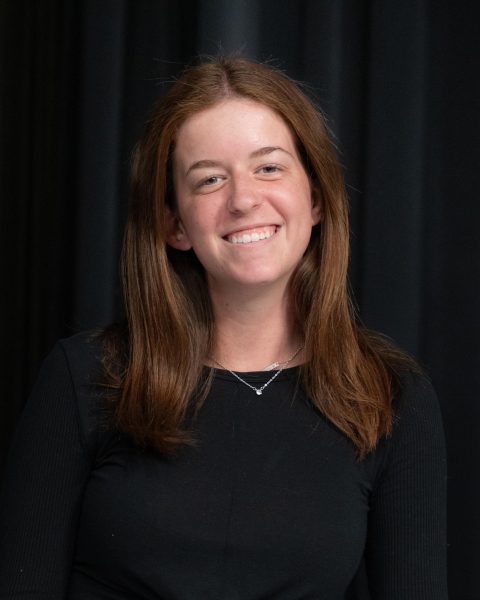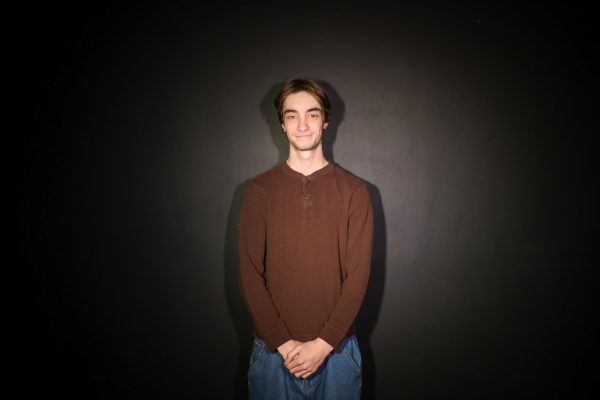As music, lights, food and colorful costumes filled the Weasler Auditorium on Friday, April 11, 12 different cultural organizations and clubs across Marquette’s campus came together to host the second-ever Multicultural Showcase.
Estef Ubac Villa, junior in the College of Arts & Sciences, and co-organizer of the Multicultural Showcase — alongside Aixa Rodriguez, senior in the College of Arts & Sciences — shared that preparations for this showcase began last April, immediately after the 2024 showcase.
Marquette Dreamers, Sigma Lambda Gamma National Sorority, Alpha Sigma Omega Latina Sorority, Lambda Alpha Upsilon Fraternity, Sigma Lambda Beta Fraternity, Delta Xi Phi Multicultural Sorority, No Sé Latino Dance Club, Ballet Folklorico of Marquette University, Celebrating Puerto Rican Culture Club, Marquette University’s LASO, Society of Hispanic Professional Engineers and the Hispanic Professionals of Greater Milwaukee all took part in creating the showcase.
Villa sat down with the Marquette Wire to share a little bit more about what went into creating such a large showcase, the different dances performed and what this showcase means to her.
This interview has been edited for clarity.
Talk a little bit about what the Multicultural Showcase is.
The showcase started last year. We did it to showcase our Hispanic and Latino communities, but we opened it for everyone — no matter what, you could be in the show. We did it because we wanted something for our community.
What made you want to create the Multicultural Showcase?
I remember going to the Indian Student Association performance my freshman year and I remember thinking, “Oh my God, wow. This is something I want to do.” But I wanted to have something unique for my culture. I wanted to show Marquette, “Hey, here is our culture. We are here to stay.”
I remember thinking I want my family, friends and other students feeling the same way I did.
What club are you involved in within the showcase?
I am the founder and president of No Sé Latino Dance club. I wanted to create this club because I felt like we had a lot of cultural organizations on campus but none for my community. I wanted to show Marquette more of the culture that we have on campus. I am from Venezuela, and I felt like we didn’t have a lot of representation on campus for our community — and I know other people may have felt like that with their culture. My goal was just to bring in new perspectives to our campus.
I feel like that all comes together with our show too. I wanted to expand on the amount of dances we have — so it is not just from one specific culture.
What kind of preparations went into making this showcase?
We prepare a year in advance — so, right after last year’s show we started. We have more than 60 people in the show, have to choreograph seven dances, come up with the costumes and then also organize the dances together.
We always do tryouts for every single dance. But these tryouts are more to see how many people want to dance in the show and how many people want to be involved in that specific dance. It is more just for numbers rather than to see if you’re “good” or not. We don’t focus on that because we are going to teach you — starting with the basics and then getting into the choreography.
Then, right away after we finish the tryouts, we start with the practices. Last semester, we practiced every other week, but — since the show was getting closer — we had practices every single week this semester.
Talk about the seven dances audience members got to see.
Before the intermission, audience members got to see tropical dances. Tropical means all the Caribbean dances — like Bachata and Cumbia. But this year was really exciting because we mixed it up a bit.
Last year, we had Merengue, but this year, we had Salsa. Last year, we had Tambor, but this year, we had Cumbia Colombiana and Cumbia. We also had Baile Folklorico, Hip Hop and Reggaeton.
Who choreographed these dances?
I choreographed for Bachata, Hip-Hop and Reggaeton. For Baile Folklorico, we are collaborating with the Ballet Folklorico club here at Marquette University. Then for Cumbia Colombiana and Cumbia they each have their own choreographers — one is from Colombia and the other is from Mexico. Salsa is choreographed by the other co-organizer [Rodriguez].
[The time it takes to choreograph] For me, it definitely depends on my mood and the feel of the songs. That comes with how we pick the songs, too. We sit and start mixing the songs together, so each mix equals five minutes. How those five minutes are used varies. We could pick five songs, or we could pick more than that and have each clip be different in length.
Bad Bunny [a Puerto Rican rapper] dropped his biggest album ever after we had already choreographed some dances, but I went in and changed the mix because I wanted to use that culture.
In order to get the choreography to work, we started [last semester] each practice by teaching a new song. So, if a dance has five songs in the five minutes, we would take each dance minute-by-minute for a total of about five days of learning for each dance.
[For the costumes] We are sponsored by Marquette’s Campus Activities Board, and they are really easy to work with. We just explained the different dresses and shows we needed, and they were able to help us with our order to make sure that we could respect each culture in the best way.
How did it feel having all these organizations come together?
This was the part that was really exciting for me. I feel like the multicultural organizations and clubs never get together — sometimes they’ll collaborate, but never to support a big thing.
I reached out to every single organization and club to be a part of this — and I wanted to see if they would be ushers, volunteers, serve the food, welcome the guests and check-in people, that all comes from the organizations and clubs.
I am really excited because this feels like something different, and something unique that the whole community can come together to pull off a show like this.
What was your favorite part of creating this showcase?
I feel like my favorite part was definitely making the choreography and working with so many new people. This year, we have more first-year students than upperclassmen, whereas, last year, we had more upperclassmen than first-year students. Everyone was so outgoing and interested in trying new things, which was so exciting to work with.
To learn more about the different organizations involved in the showcase, check out the Multicultural Showcase Instagram.
This story was written by Sophie Goldstein. She can be reached at sophie.goldstein@marquette.edu.


